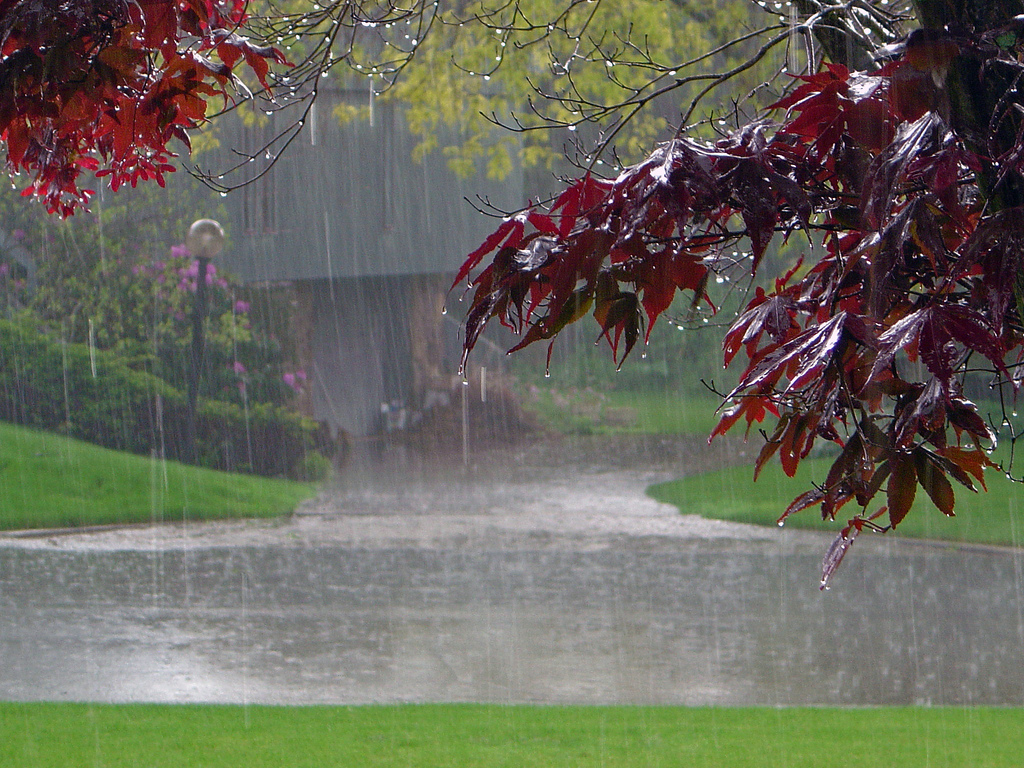
Every year, the United States experiences approximately 100,000 thunderstorms, and 10,000 are labeled as severe. Heavy storms are a part of life, and the best thing you can do as a homeowner is to be prepared. Follow a simple checklist of items to examine after extreme weather occurs in your area. This will allow you to quickly discover damage, file insurance claims and solve problems before they become more complicated or expensive.
Keep reading to learn about the five home features you should check once the sky clears.
1. Look for Leaks
You should examine your walls and ceiling to look for water damage. Prolonged moisture contact can lead to mold growth and structural problems within your property. If you have an attic space, take a peek to see if there are watermarks from a recent leak. You can use this technique to guide your search when you are checking for roof problems.
Some leaks may occur from a busted pipe, so it’s essential to inspect all areas of your house. Leaks in the wall or foundation can lead to flooding. Basements are among the most common places to flood, so prepare by having buckets or a pump ready once the storm passes.
2. Check Outdoors
Storms notoriously rip off siding and knock over fences. If you’ve boarded up your windows, the damage outside might come as a shock. Wait until the sky has cleared before going out to survey external damage. Remember to take a close look at detached structures, like your garage or shed, because they might have been harmed during the chaos.
While you’re outdoors, inspect trees in your yard that could have fallen during the storm. Check at the tree’s base to determine if the roots have become loose from excessive wind. A tree that is leaning might be salvageable if it can be re-anchored into place.
You may discover structural cracks outside that would not have been apparent inside. If you notice anything, make a note so that you can take a closer look at that location once you are back indoors.
3. Assess Roof Damage
Roof damage occurs in many shapes in sizes. Some will be obvious to the naked eye, but others will require closer inspection. Use a ladder to get onto your house and inspect the plumbing and air vents for cracks. If you have a chimney, it would be best to examine if any bricks have become loose or if there are any apparent cracks in the structure. If the chimney were to fall over, it could cause immense damage to your property.
You may also notice your gutters have started to sag or leak if overwhelmed with water. If you notice signs of serious damage, you will need to manage this before rainfall starts again. Take some time to clean out the gutters before conditions get worse.
If extensive roof damage has occurred, place a tarp over the hole to prevent additional water and debris from entering the house. You should contact a professional to repair your residence as soon as possible to reduce unnecessary deterioration.
4. Examine Appliances
Flooding can seriously impact electrical components in appliances. Even once the water recedes, the devices may no longer work effectively. It would be wise to check these items because internal flaws could cause an electrical fire.
Check outdoor appliances like air conditioning units, because branches might have hit them if it was windy. It’s incredible if your home seemingly went through a massive storm without damage, but some damage isn’t immediately visible to the naked eye. Leaks can occur inside of the walls, which can cause damage to your appliances without you knowing.
Play it safe by inspecting each item closely. Electrical surges can trigger malfunctions, so call in an expert if something stops working efficiently. You might need to replace a single piece rather than the entire unit.
5. Inspect Foundation Issues
Your property rests on a foundation that supports floors and load-bearing walls. It is a pivotal part of the structure because it keeps the building standing and can help occupants remain safe during harsh conditions. Cracks and bulges are signs that your foundation could be deteriorating.
Water can wash away soil, so problems might not be immediately apparent. If you notice interior wall cracks or that the floors have begun to slope, then you should call an expert to check your property. Foundational issues can be costly, so it’s critical to make repairs quickly.
Cleaning Up After a Heavy Storm
Homeowner’s insurance typically covers damages that are outside the owner’s control. For this reason, thoroughly document any damage that occurs to use when filing a claim. Remember to take photos and speak to an insurance representative before beginning to clean or renovate.
Salvage what you can and use the insurance payout to restore your house. You should follow CDC resources when cleaning so that you stay protected and safe. By checking these five key home features right away, you’ll save considerable time and money.
About Author: Holly Welles is a home improvement writer hailing from Upstate NY. She runs her own blog, The Estate Update, where she shares tips on everything from renting to remodeling. You can find more of her work on publications including Today’s Homeowner and Apartment Guide.


One Response to “5 Home Features to Check After a Heavy Storm”